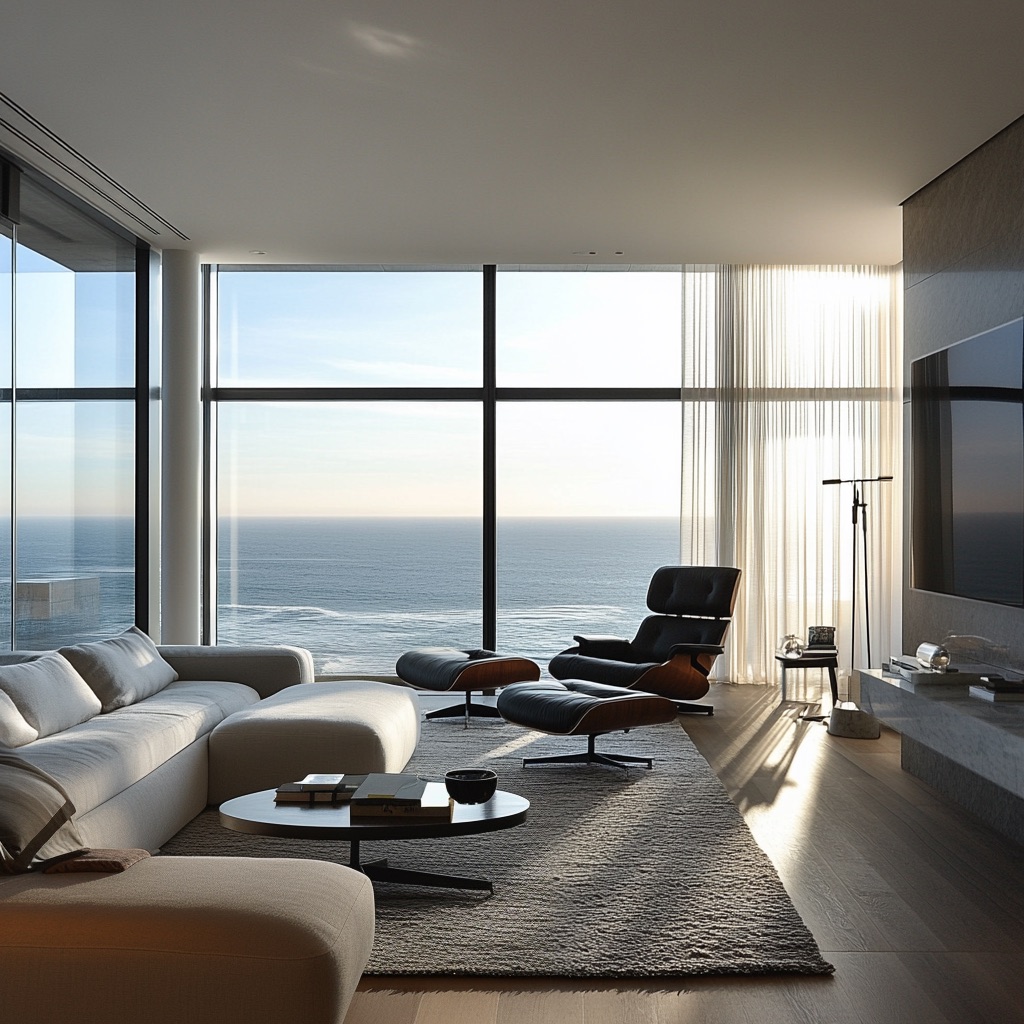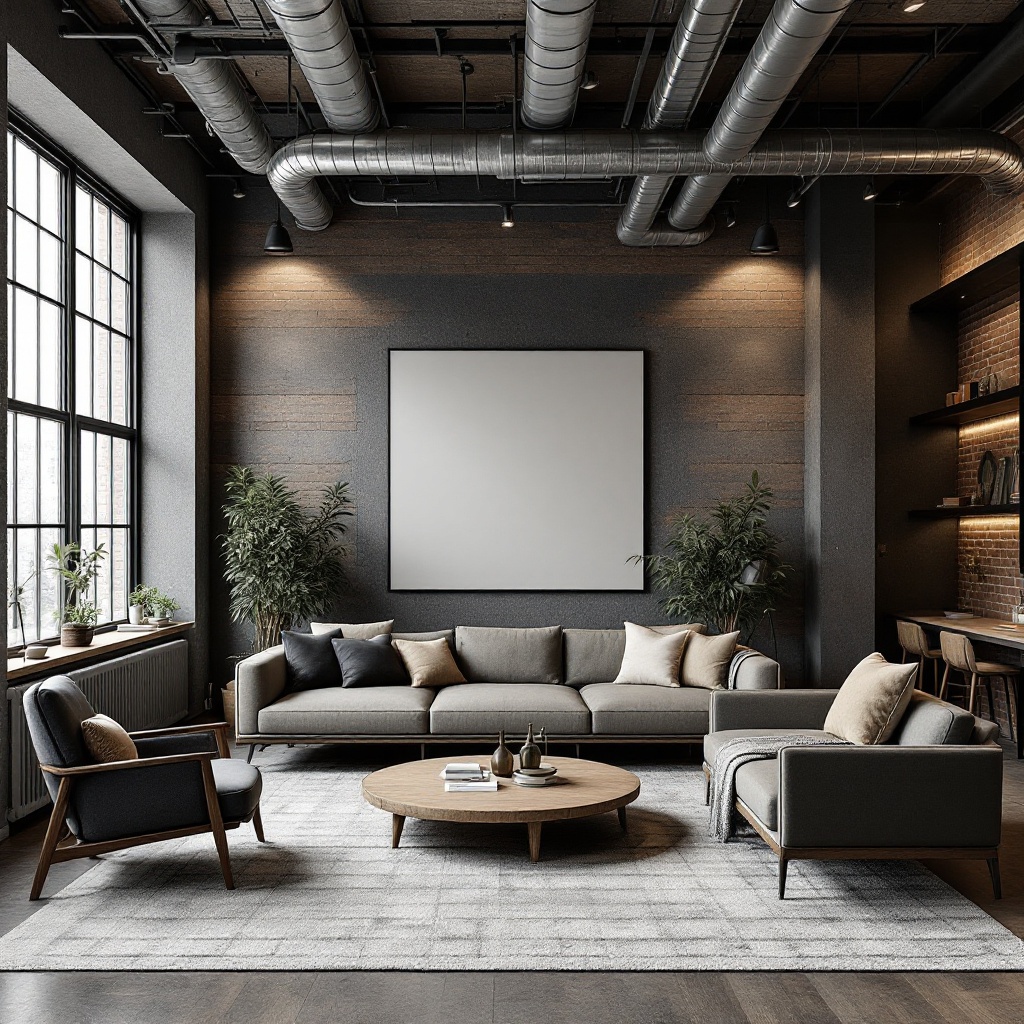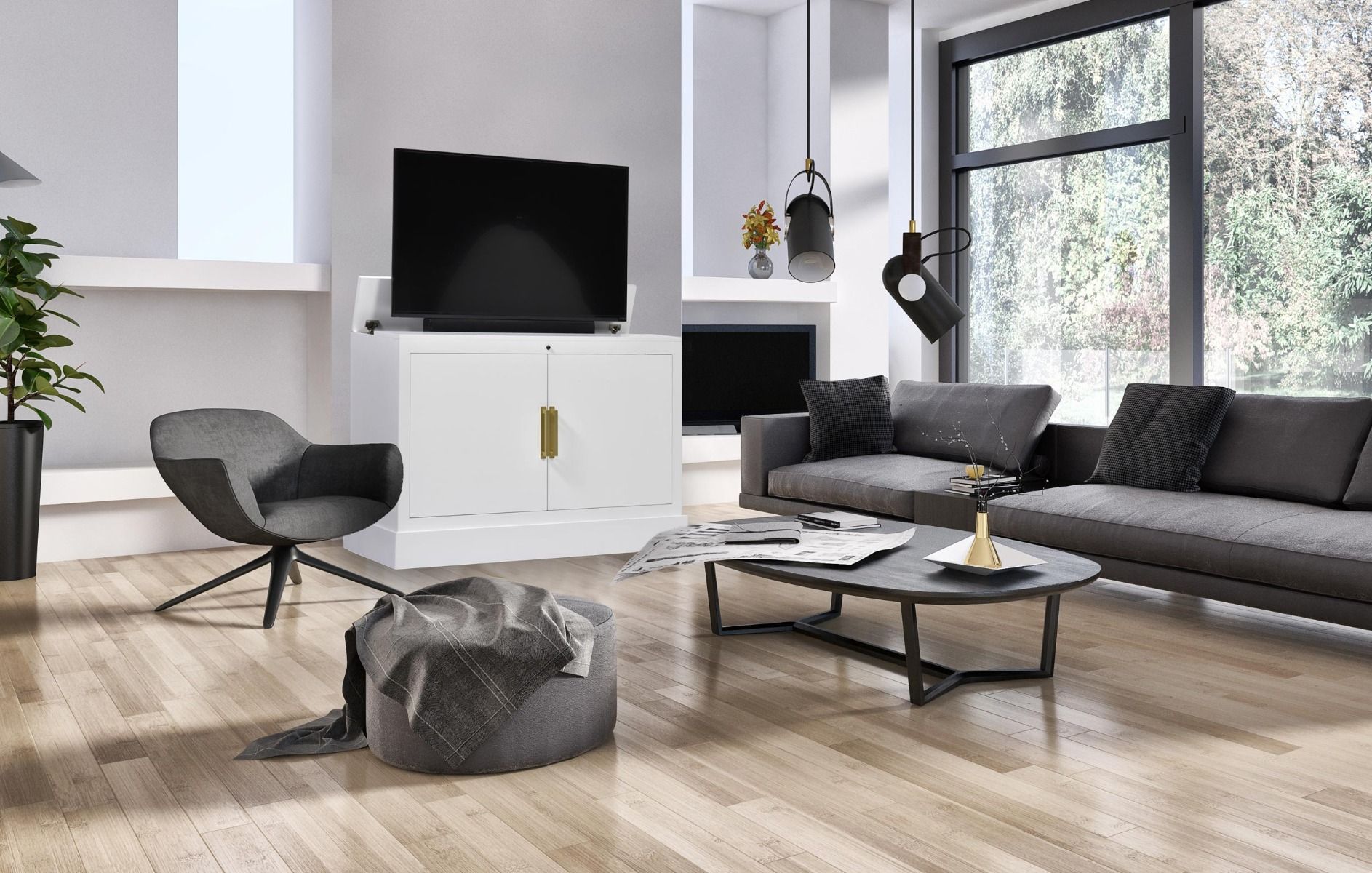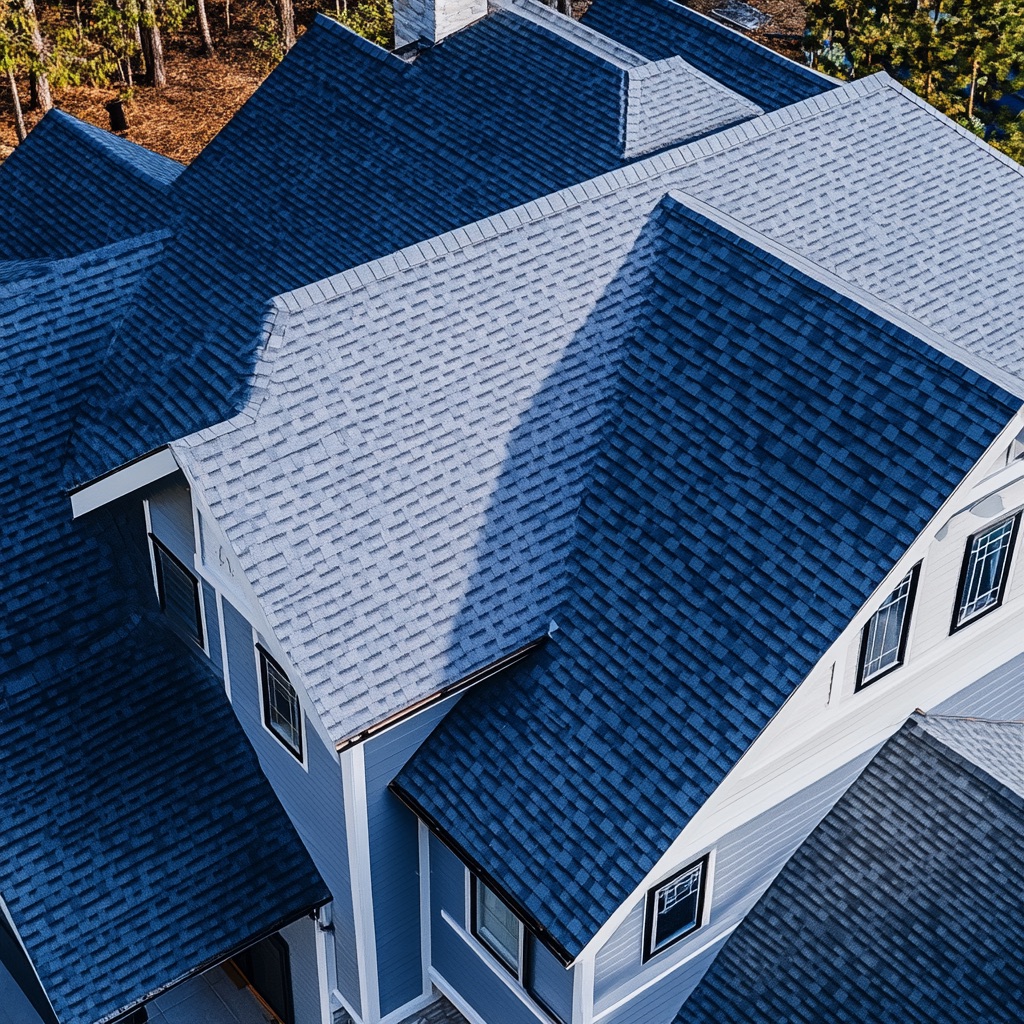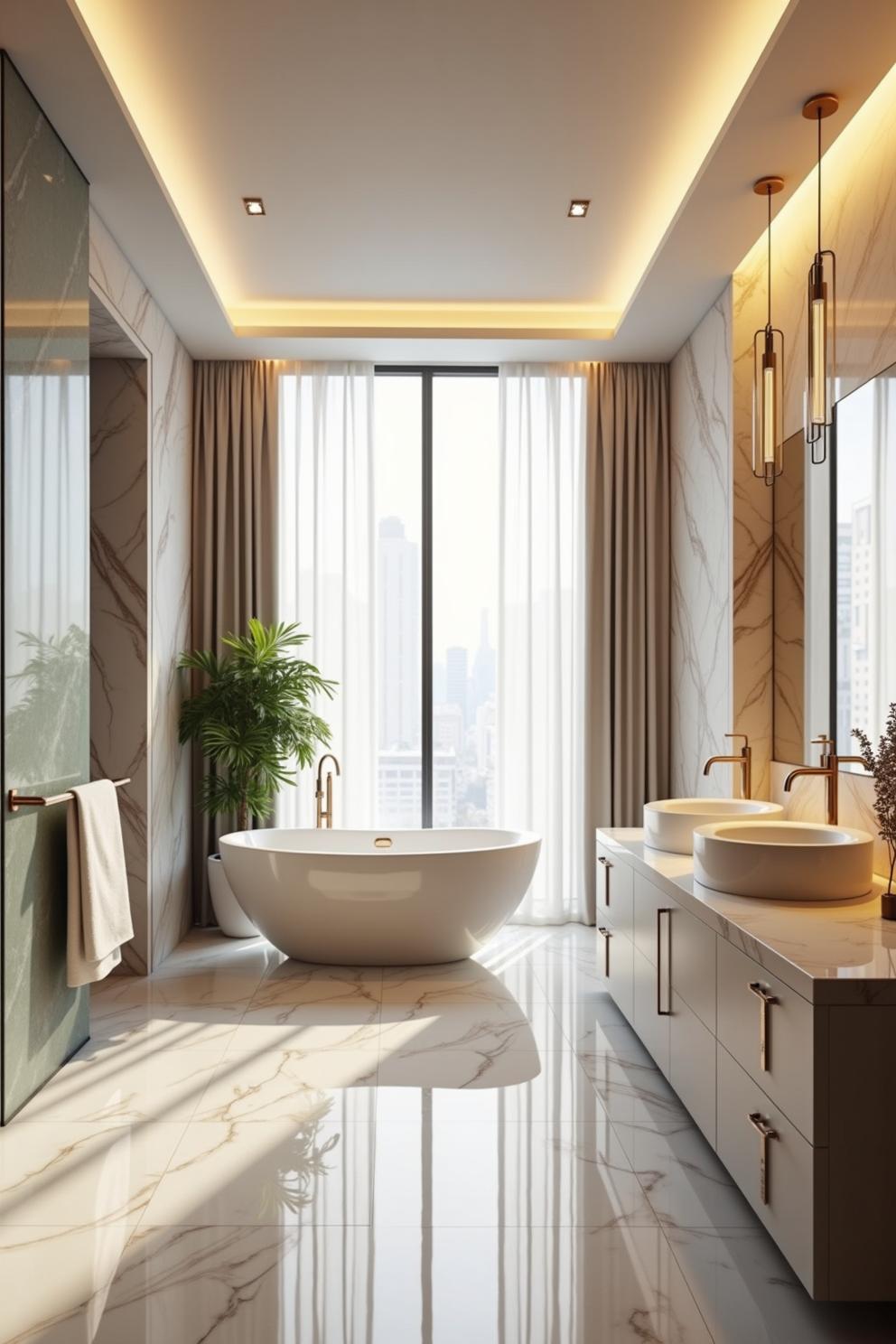Last updated on
Here’s how to choose downlighting vs. uplighting in landscape lighting and when to use which method.
Lighting a landscape is one of the best ways to enhance its beauty and make it stand out.
Two main lighting techniques can be used in landscaping: downlighting and uplighting.
Let’s discuss when to use each technique to ensure your outdoor space looks great.
When Do You Use Downlighting?
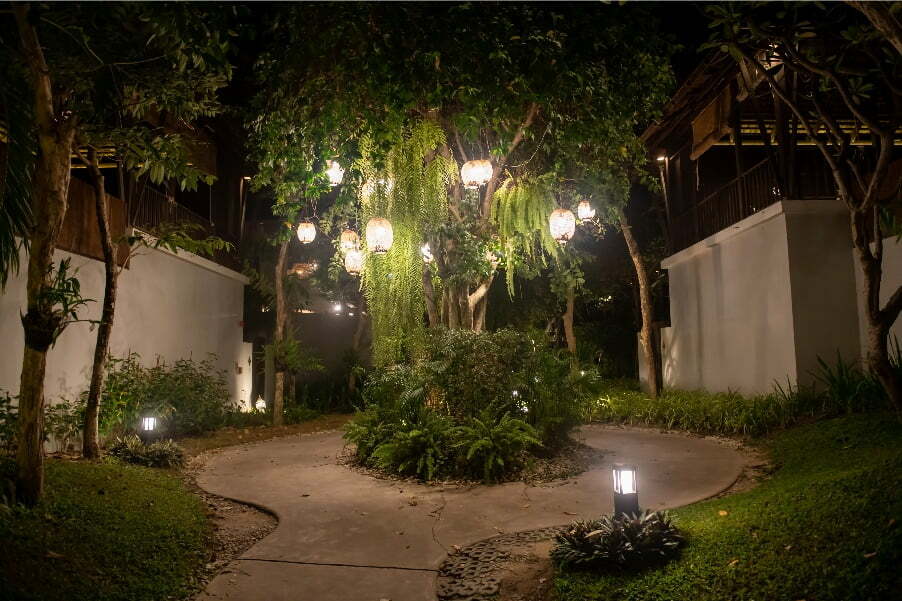
Downlighting is typically used to illuminate pathways, driveways, and other areas where light is needed.
This type of landscape lighting is generally used to create an even illumination across the space, as it casts a downward beam of light that spreads out in all directions.
It can create shadows and highlights in specific landscape areas, dramatically affecting your outdoor space.
One of the most common uses of downlighting is to illuminate pathways and steps to make them safer and easier to navigate.
To Highlight Specific Features in the Landscape
It is excellent for highlighting specific features in your landscape. This may include trees, statues, benches, or other unique elements you want to draw attention to.
Downlighting fixtures are typically mounted on poles and pointed downward towards the lit feature. This helps create dramatic shadows and creates an exciting contrast with the surrounding scenery.
To Provide a Soft Ambience
It is also great for providing a soft ambiance in outdoor spaces. A string of lights hung at different heights can give any space an inviting glow while still allowing you to see the surrounding area.
Downlights can also create paths through gardens or along walkways, making them easier to navigate after dark.
To Create a Cozy Place to Gather
Finally, downlighting can create a cozy place for people to gather. By positioning the lights in such a way that they are focused around furniture and other gathering spots, you can create inviting places for guests to enjoy.
When Do You Use Uplighting?
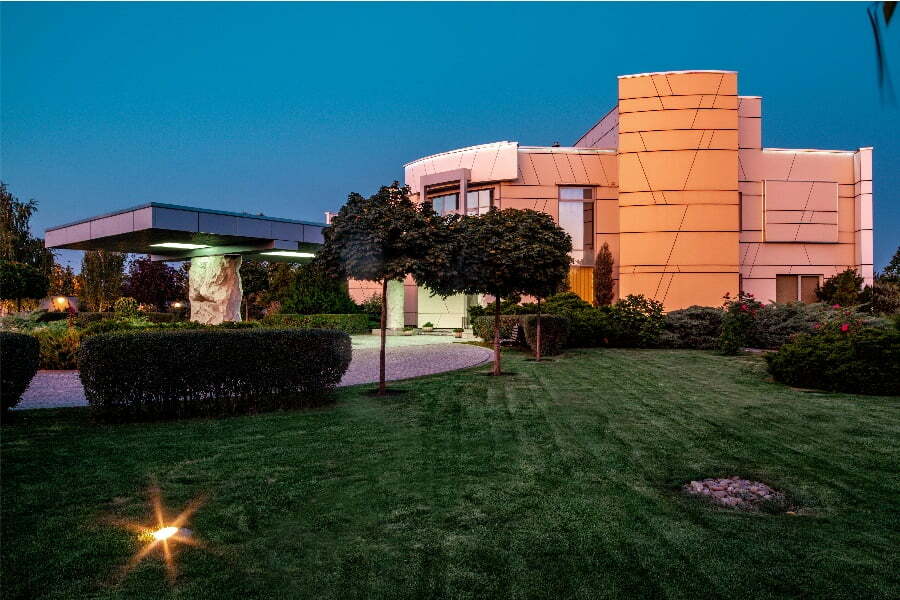
Uplighting is typically used to draw attention to vertical features in your landscape, like trees or walls. These fixtures are usually mounted at ground level, with bulbs pointing to the lit feature.
This type of lighting creates silhouettes and shadows that make any outdoor space look more dramatic and interesting.
To Give an Ethereal Feel
Uplighting gives off an ethereal feel that can be used to create a whimsical atmosphere in an outdoor space. By positioning fixtures along pathways, you can make the path appear to glow, giving it a magical feel.
To Highlight Tall Features
Uplighting is also great for highlighting tall features in your landscape, like trees or walls. This type of lighting helps to show off the texture and shape of these features while creating interesting shadows.
“You can place them at the base of the tree and angle them upwards to cast a warm, inviting glow,” says Bill Clark, operator of Blingle! in Northglenn, CO.
To Create Accent Lighting
Uplighting can also be used to create accent lighting in an outdoor space. By positioning the fixtures around specific areas, you can draw attention to them by providing a hint of light.
This is great for showcasing unique pieces like statues or furniture that you want to stand out.
When choosing between downlighting and uplighting for your landscape, it’s important to consider what effect you are trying to achieve and how much light you need.
Recap
